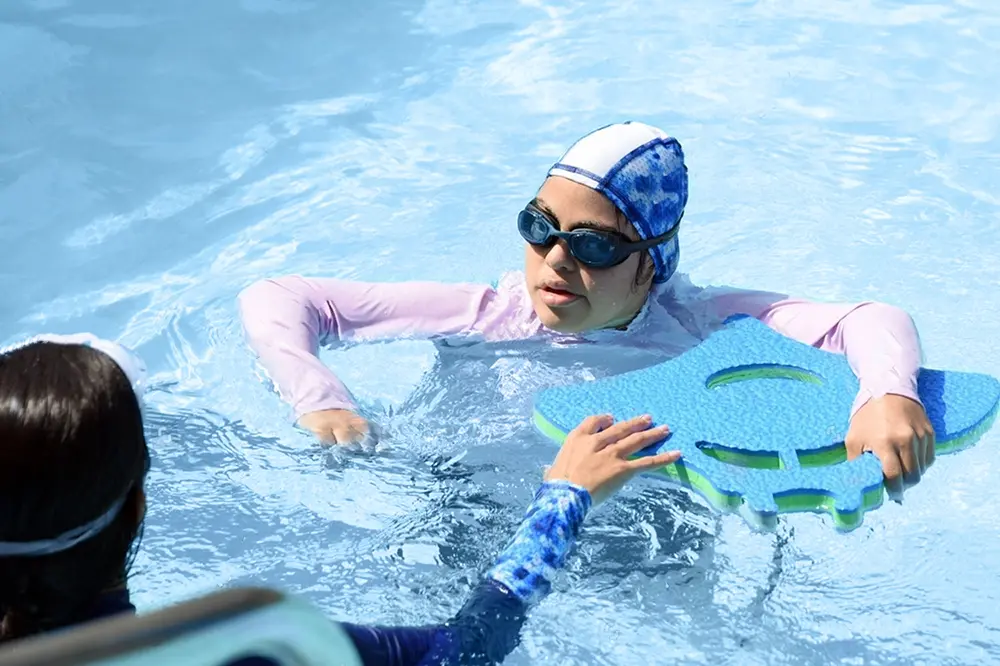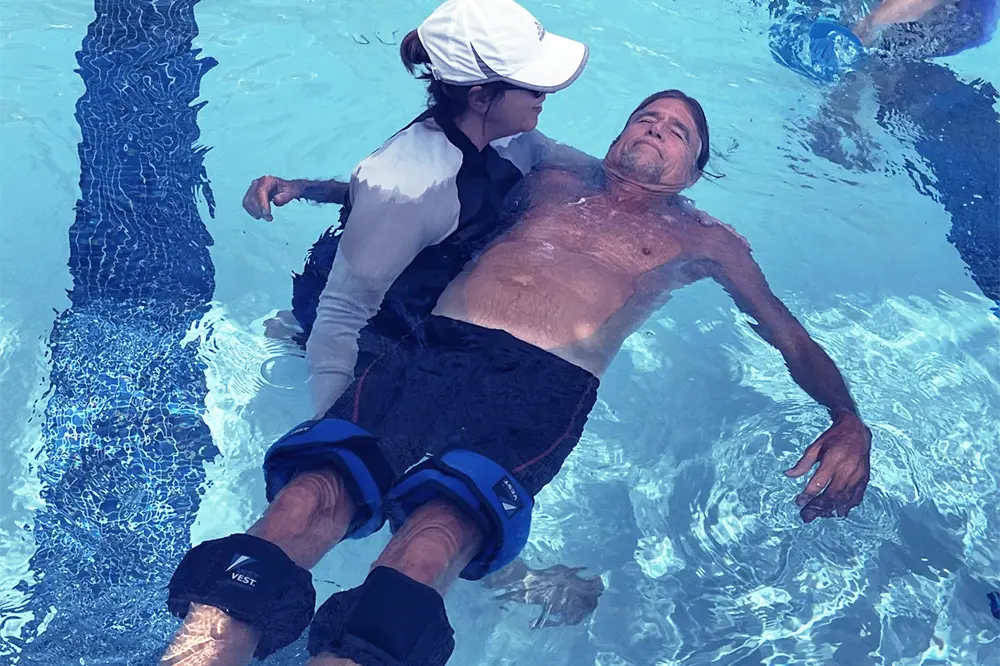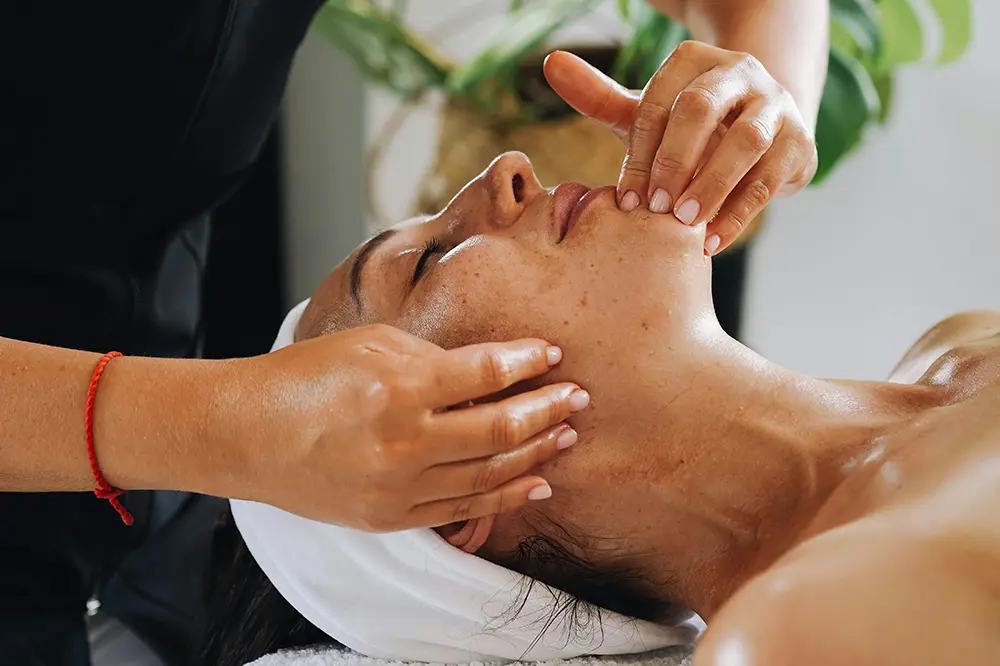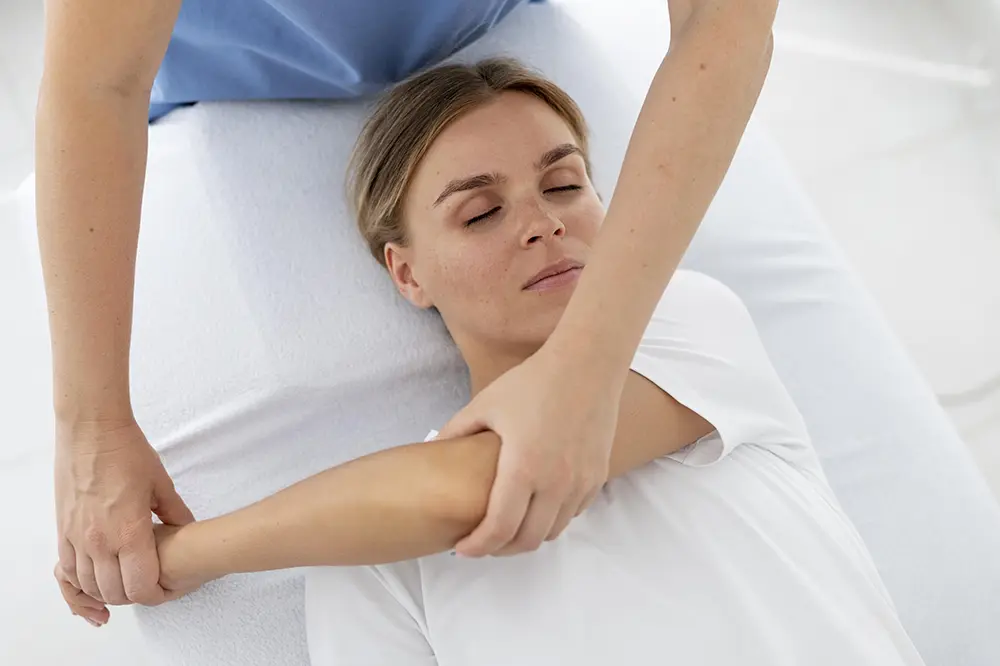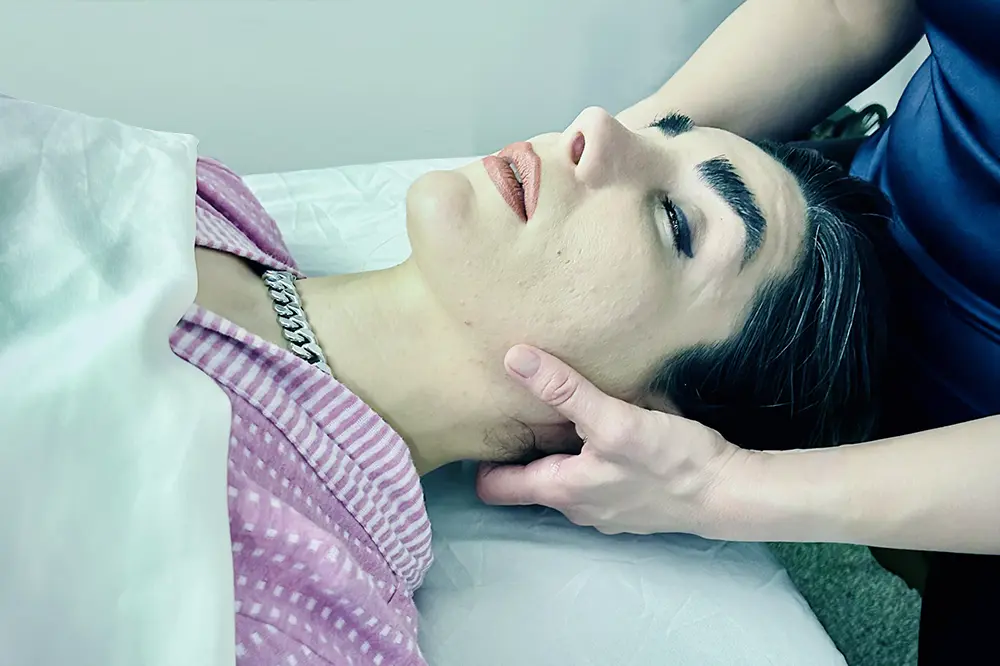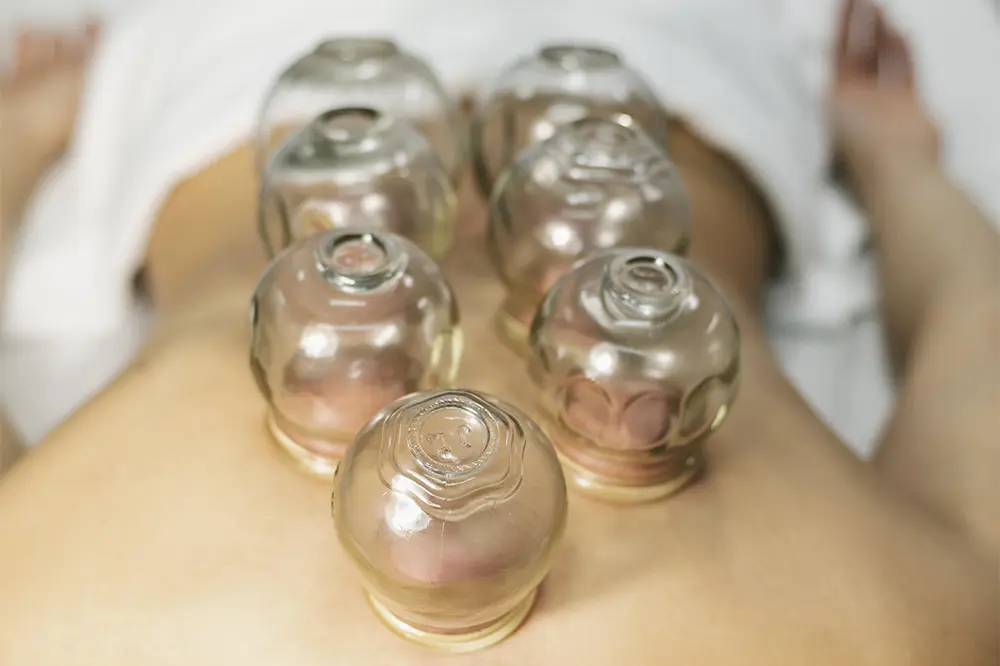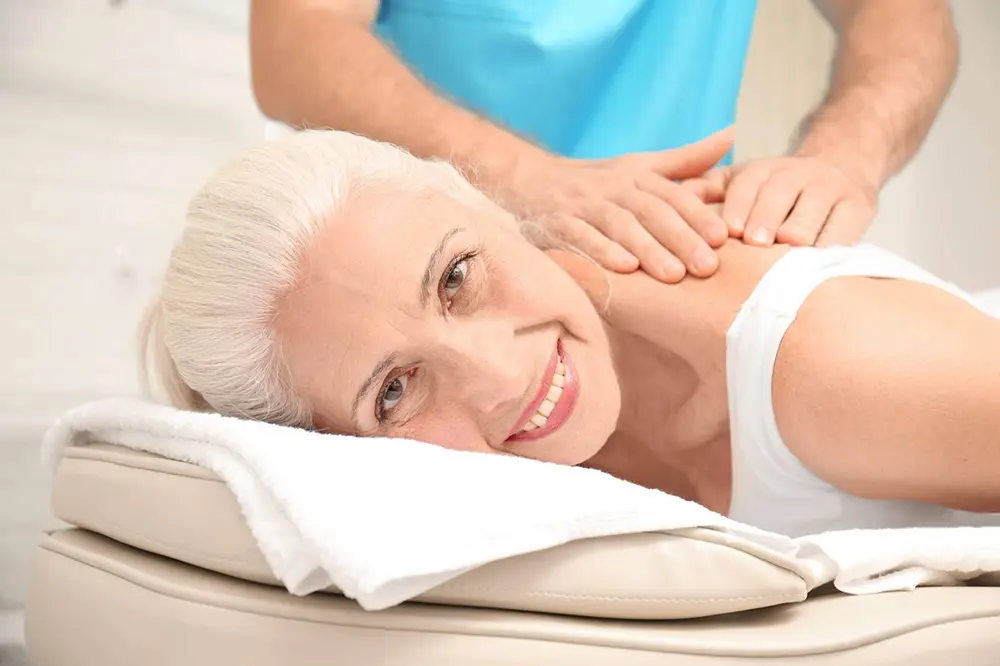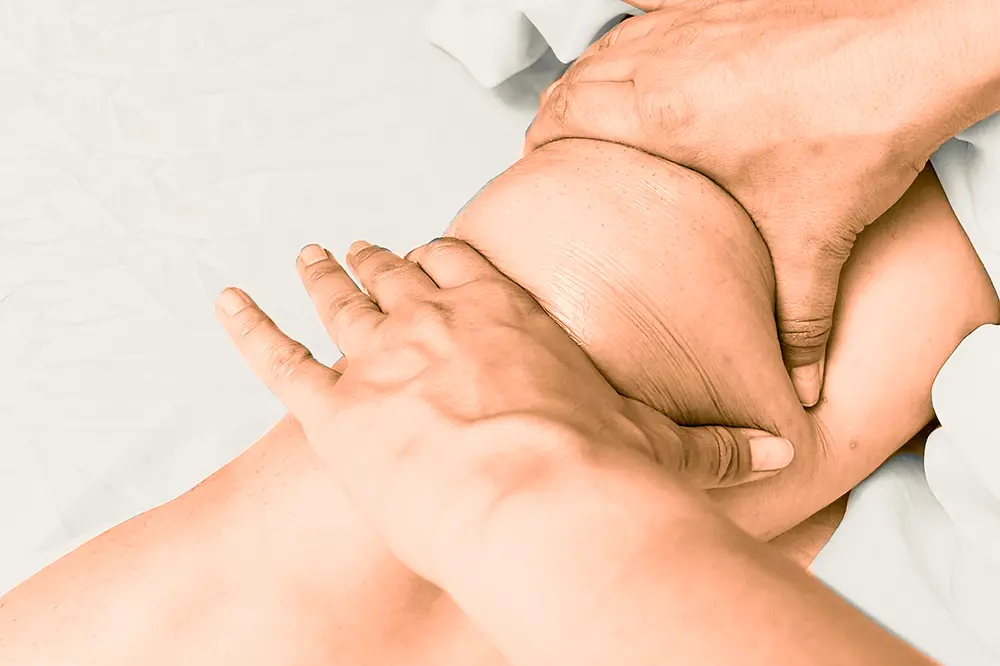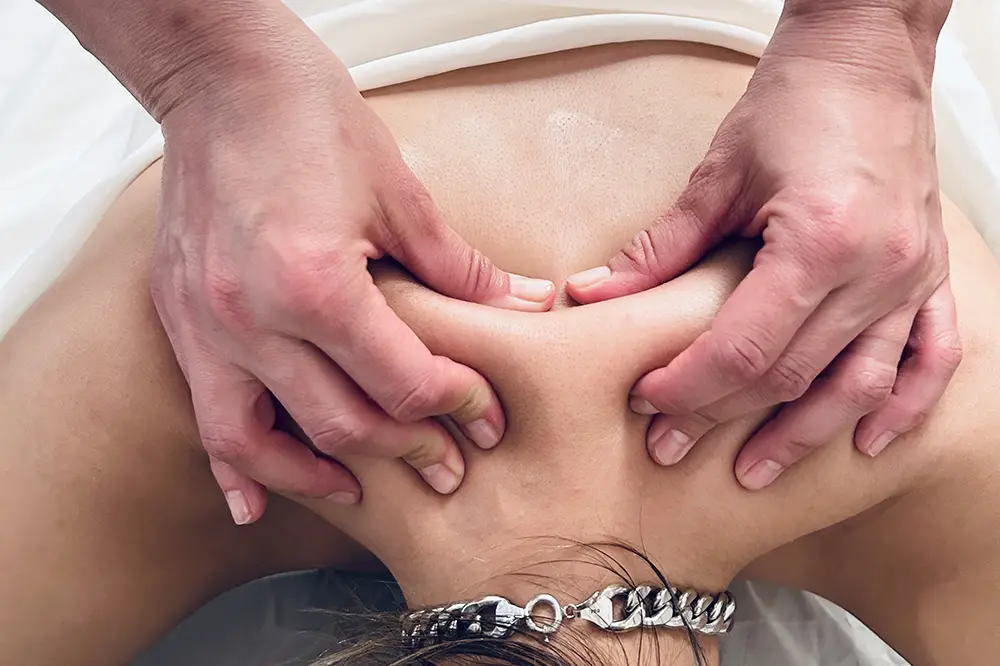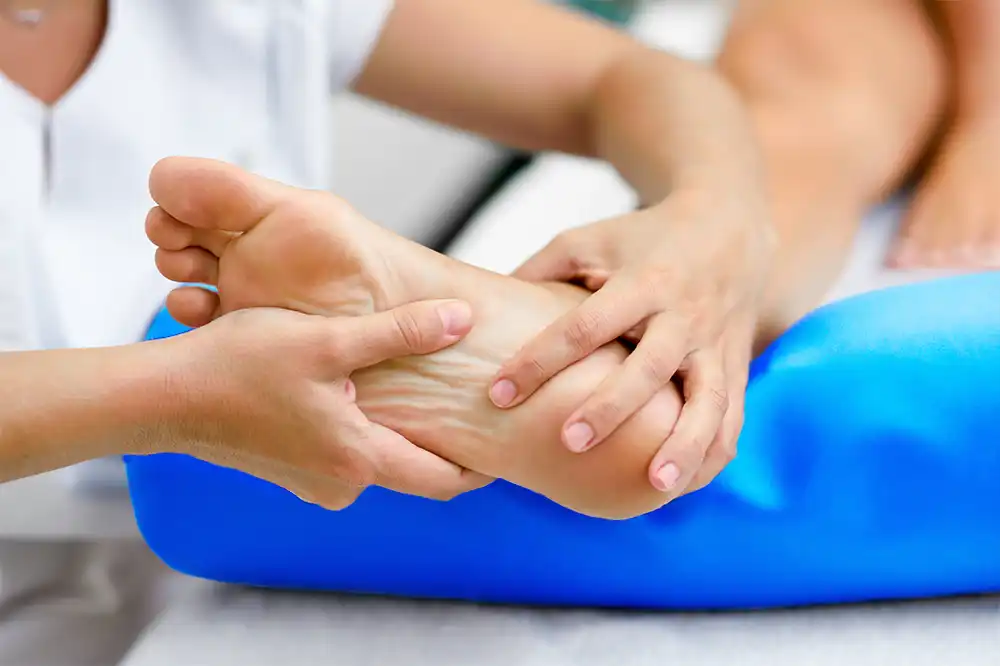MODALITIES & SPECIALITIES
Aquatics and Bodyworks Services
Maryam Aquatics & Bodyworks services stand as a mainspring in rehabilitation and recovery from pain and injuries. Because you deserve the best care possible, Maryam use both land and aquatic therapy to achieve your goals. Her expertise and experience include a wide range of treatment modalities. As such, she is able to keep you active while facilitating your recovery.
Seasoned Professional For Your Recovery
Not only is Maryam Mansooryan a seasonal professional, but she is also well-trained. In addition to having years of hands-on experience, she has mastered skills that provide both evidence-based and a personalized approach. Plus, she is adept at treating a range of conditions.
Personalized Treatment Plans in San Diego
Maryam Mansooryan designs personalized treatment plans that cater to your specific needs because she understands that each body is unique. With this in mind, her aquatics and bodyworks services include a myriad of treatment options that provide effective and speedy recovery.


